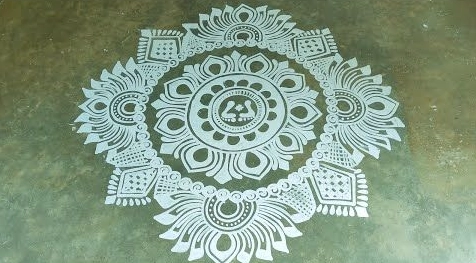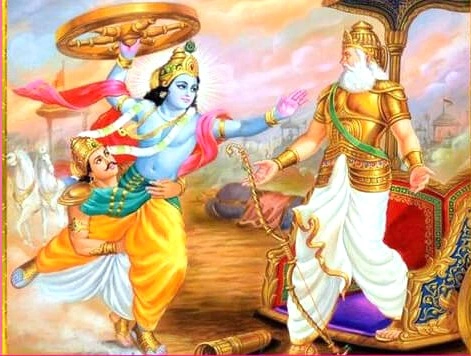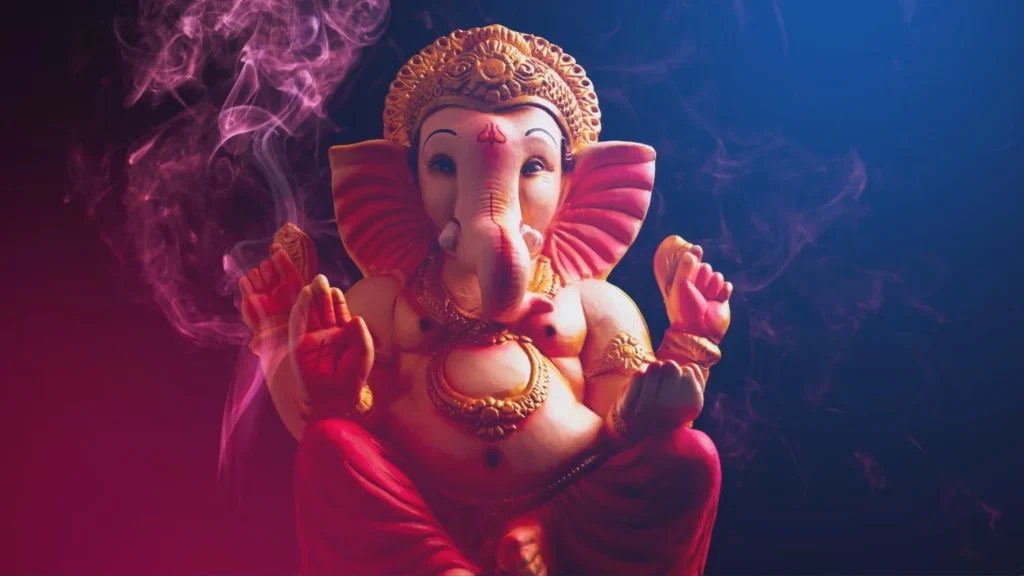
Table of Contents
What is Jhoti Chita?
Jhoti Chita represents a sacred and artistic tradition in Odisha, where rural women decorate the walls, floors, and courtyards of their homes. They make these designs using a rice paste, turning folk art into a heartfelt expression of devotion, celebration, and community.
The word “Chitta” comes from the Sanskrit word “Chit,” meaning eye. People call these designs “Chitta” because they look eye-catching and soul-stirring. The term “Jhoti” refers to the motifs and patterns that women typically draw using their fingers or twigs dipped in rice paste.The Cultural & Ritual Significance
Manabasa Gurubar & the Role of Jhoti
Associated Festivals and Rituals
- Firstly, Amavasya (New Moon) for invoking Lord Jagannath
- Secondly, Sankranti – transition of the sun into a new zodiac
- Thirdly, Savitri Osha – married women fast for their husbands’ longevity
- In addition, Ganesh Puja, Raja Parba, and even during weddings
Designs of Jhoti Chita
This sacred rice-paste art form of Odisha designs gracefully range from geometric symmetry to floral elegance, incorporating mythical symbols as well as everyday motifs like birds and creepers. Specifically, some popular types include:
- To begin with, Kundali Padma – Lotus-like circular designs used during Guru Puja
- Next, Tulsi Motif – Representing loyalty and spirituality in households
- In addition, Fish & Conch – Serving as symbols of fertility and auspiciousness
- Finally, Alpana-style folk designs – Commonly seen during marriages and harvest festivals
The Artists Behind Jhoti Chita
Modernity vs. Tradition – The Changing Landscape
With the rise of concrete walls, dwindling availability of rice for decorative purposes, and increasing urbanization, this beautiful art form is slowly fading. As a result, many households no longer have the mud walls or open courtyards where Jhotis once flourished.
Yet, in places like Godhasalia village near Nimapara, the tradition is still alive, though struggling. Thankfully, efforts by cultural groups and academic institutions are being made to preserve and document this fading art.People Also Ask
Q1. What is Jhoti Chita in Odisha?
Q2. During which festival is Jhoti most commonly drawn?
Q3. How is Jhoti made?
Q4. What is the cultural significance of Jhoti Chita?
Q5. Do people still practice Jhoti Chita today?
Why This Ancient Ritual Art Deserves Preservation
Do you belong to Odisha or love traditional Indian arts? If so, try recreating a Jhoti Chita pattern at home during the next festival. Then, share it on social media using #JhotiChitaRevival and tag local cultural pages to inspire more people.
Or better yet, teach it to the younger ones around you. After all, let the hands that hold phones also hold the rice paste of our heritage.


